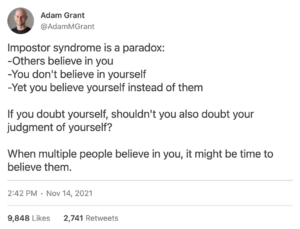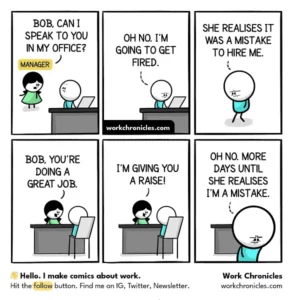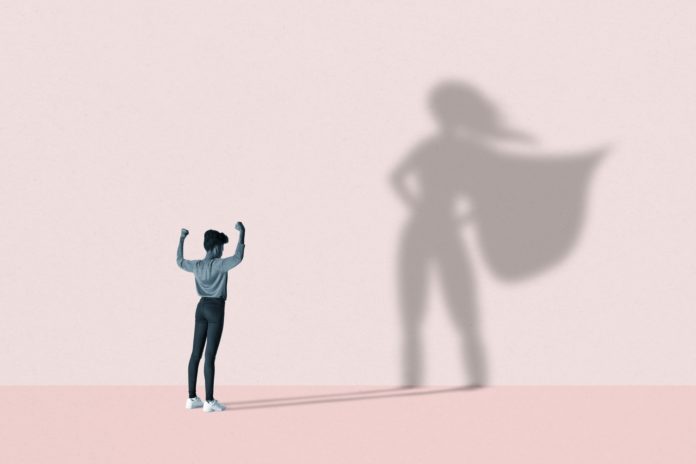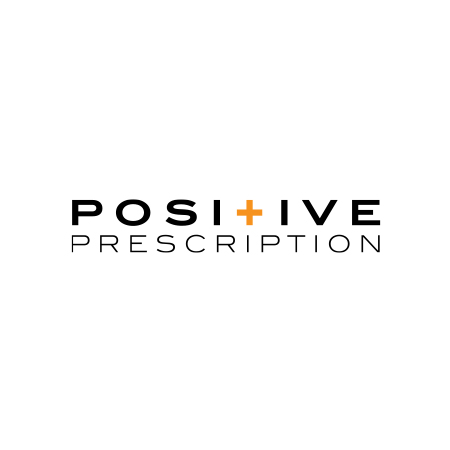‘Tis the season to be merry. For many, ’tis also the season for contentious dinner table conversations. If heated debates about politics, vaccine mandates or any other contentious topics are inevitable with friends and family this holiday season, beware of “persuasion fatigue.” Persuasion fatigue sets in when we attempt to convince someone about something but hit a wall instead. No matter how much logic we deploy, how many facts we cite, or how many examples we use, our audience doesn’t budge. Instead of nodding in agreement, they stare back blankly or, worse, repeat their own position and reject our flawless argument. “What’s wrong with you?” we think to ourselves and sometimes cannot resist saying out loud.
It’s not me, it’s you
According to a recent article by Nathan Ballantyne, associate professor of philosophy, cognition and culture at Arizona State University, in Scientific American, persuasion fatigue is a unique form of social frustration that can cloud our judgment and harm our relationships. When we become frustrated, we tend to blame our conversational opponent rather than acknowledge our own limitations. As Mark Twain once said, “In all matters of opinion, our adversaries are insane.” The author’s research supports Twain’s observation. He found that people generally reported three times as many reasons why others’ shortcomings led to failed debates rather than their own. Exasperation undermines perspective-taking and unlocks finger-pointing. It makes us super-sensitive to criticism and quick to anger. Over-confidence coupled with contempt is not going to win anyone over, nor is it good for our social connections.
Thankfully there are steps you can take to stop persuasion fatigue from derailing your debates and ruining your relationships:
1. Go for small wins
Don’t be overly ambitious in debate. Rather than seeking unconditional agreement with your opinion, aim for islands of understanding. Seeing eye to eye on major issues is unlikely but it might be possible to find points of consensus. As the author suggests, “Maybe you can’t convince your in-laws to get vaccinated today, but helping them understand the science behind modern vaccine programs may make them more inclined to get the shot in the future.”
2. Consider their values
When making an argument, put yourself in the other person’s shoes. What do they care about? Wrapping your message in terms of their values is far more persuasive than trying to bang them over the head with your morality. Psychologists call this “moral reframing” and have found that the simple act of telling your debate opponent that you respect and understand where they’re coming from may lower their defenses and open them up to a new perspective.
3. Avoid zero-sum thinking
Believing that the only way for you to win is for them to lose will exacerbate persuasion fatigue. As the author points out, “sometimes you’re better off seeing an argument as a collaborative effort to find the truth—less like angry neighbors fighting over their property line and more like a pair of land surveyors. The surveyors map terrain together by viewing it from multiple angles.” Search for middle ground. Keep in mind that everyone knows something you don’t. Ask yourself a humbling question: “Do I know all there is to know here, or could the other person show me something new?”
Bottom Line: If you sense persuasion fatigue kicking in, take a break. Change the topic. There are so many other things to talk about.
I wish you all the best,
Dr. Samantha Boardman













